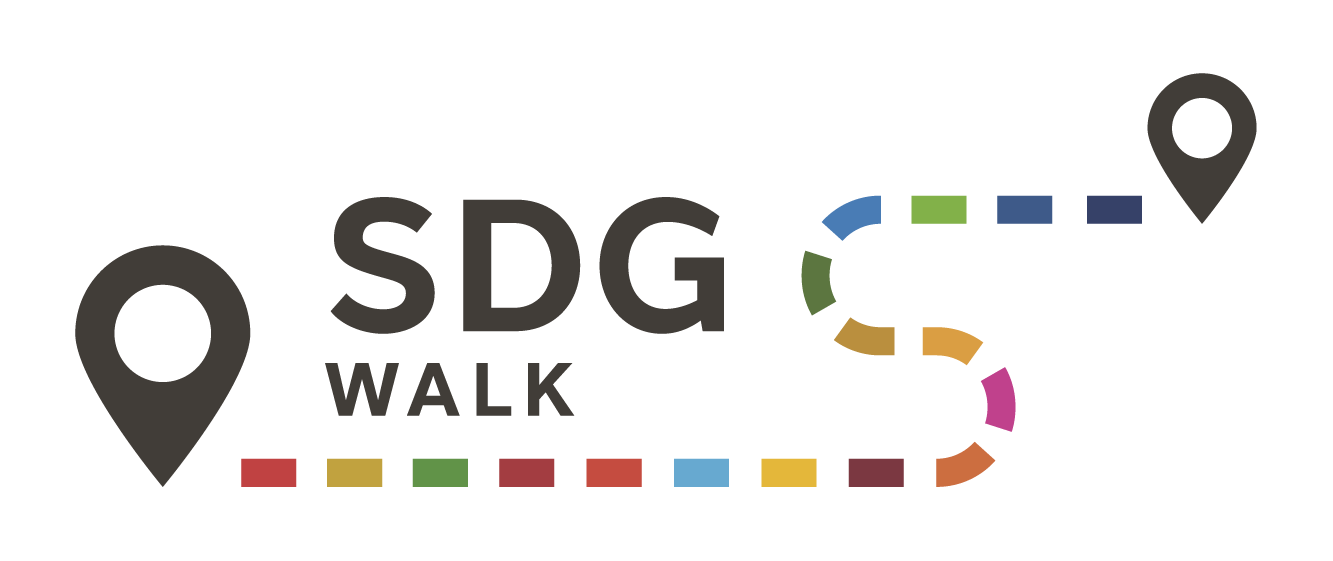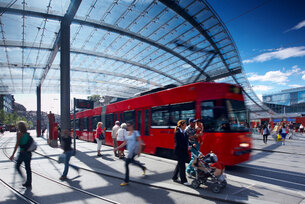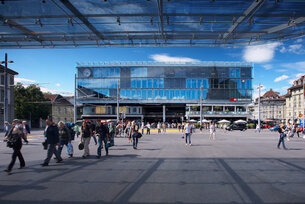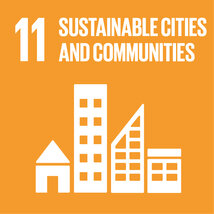Railway station
How we get to our place of work and travel during our leisure time has a major impact on the climate. Bern railway station welcomes around 270,000 travellers on weekdays. It is the city's most important transport hub. And thus also a major challenge for planning the city of the future: What kind of mobility do we want? How much mobility is sustainable?
Swiss Federal Railways (SBB) want to be climate-neutral by 2030. BERNMOBIL, the public transport network of the city of Bern, relies on renewable energy and obstacle-free vehicles, so that people in wheelchairs can also travel autonomously and spontaneously. Bern wants to promote cycling and thus low-emission mobility and has set itself the goal of becoming the "cycling capital". Bike stations, safe cycle paths and the Publibike bike rental system are part of this.
In this way, Bern is also creating the basis for sustainable tourism that creates local jobs and makes careful use of our resources.
The railway station is a symbol of arrival and departure. People travel for different reasons: for work, for leisure. But not all people are on the move voluntarily. Railway stations are also stations on escape and migration routes.










